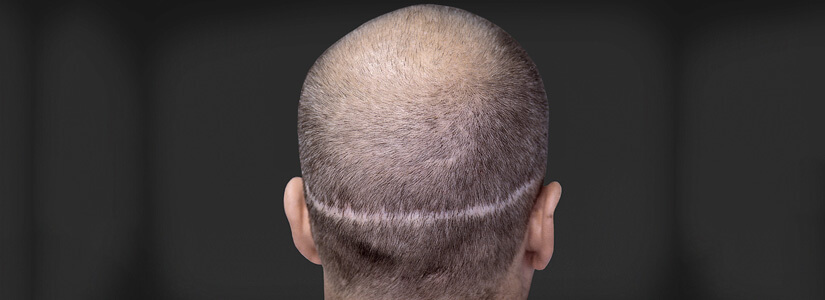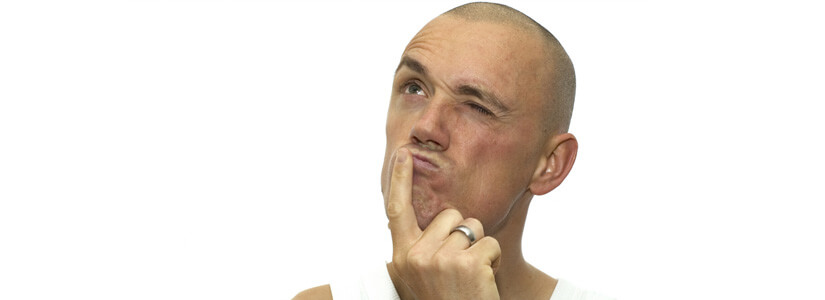Why Facial hair transplants are increasing in popularity
June 22, 2018

Hair transplant is a surgical procedure to restore hair in bald areas of the scalp. Hair transplant technique which is called Follicular Unit Extraction leaves no visible mark on the scalp, the scars that are formed are white scars due to the process of extraction, which are not visible. However, Follicular Unit Transplant technique leaves a linear scar on the back of the scalp.
When old hair transplant techniques are used, or the current techniques are performed improperly, or the patient is a poor healer; scarring becomes a major after hair transplant issue. Scarring may also be due to the removal of the plug which leaves a white scar. Sometimes scarring may also be due to the thickened scars or depression of grafts.
Scarring can be reduced by keeping the recipient sites very small. With the site of size, less than 1.2mm extraction process will leave no visible marks. Doing closure of wounds with suture creates a meticulous closure which reduces scarring as the edges are approximated and are under no tension. Usage of stainless steel staples also minimizes the scarring and reduces the damage of follicular units.
There are some techniques to reduce scarring. Among them the two most effective scar reducing techniques are
Scar revision is changing the direction of the scar while camouflage is the technique of transplanting hair into the site of the scar. With this said, thickened and flattened scars can also be fixed! Yes, thickened scars are flattened by the cortisone injections while the depressed scars are fixed by the derma fillers. The not so smooth scars can also be fixed with the laser treatments or dermabrasion.
But it is important to know that the treatment of scar depends on the nature of the scar. As each patient has a unique problem which influences the approach to be carried out. Also, an important point to know is the amount of remaining hair that are left.
If you are facing such a problem of scarring after hair transplant, then visit our clinic for a consultation for hair transplant scar revision. There is no consultation fee, and our surgeon will guide you on how effectively the scar can be reduced.
Dr. Cagatay Sezgin is a celebrity hair transplant surgeon with over 20 years of experience in hair transplantation and restoration. He is the First Turkish Board Surgeon to become a member of the International Society of Hair Restoration Surgery (ISHRS) and the Asian Association of Hair Transplant Surgeons (AAHRS). Moreover, he has the honor of becoming the first hair transplant surgeon in the world to perform hair, eyebrow, and beard transplantation all in one case and that too in a single session.

June 22, 2018

December 22, 2016

September 26, 2016